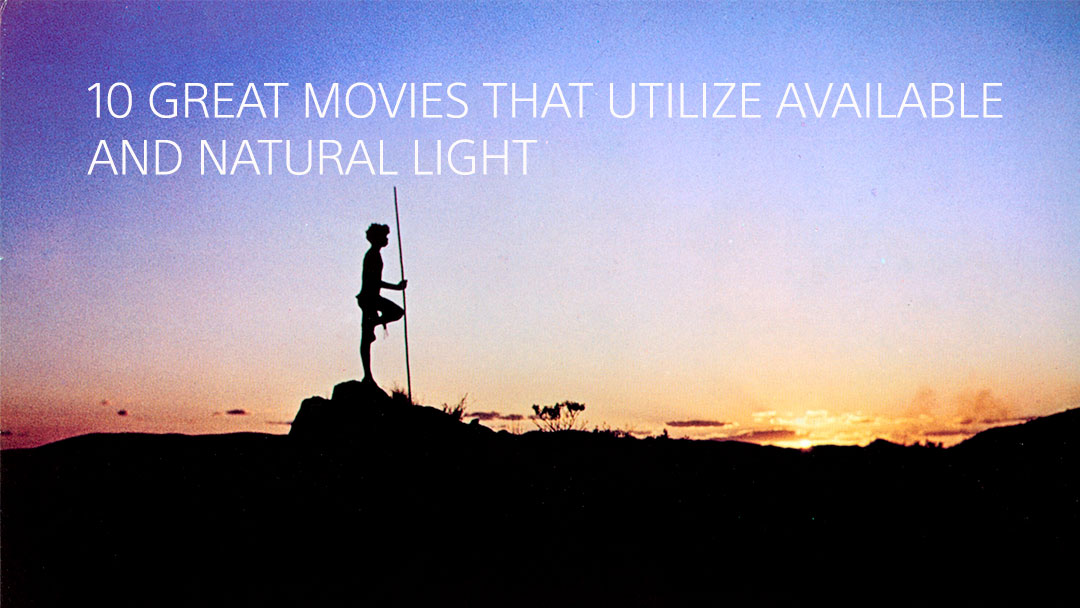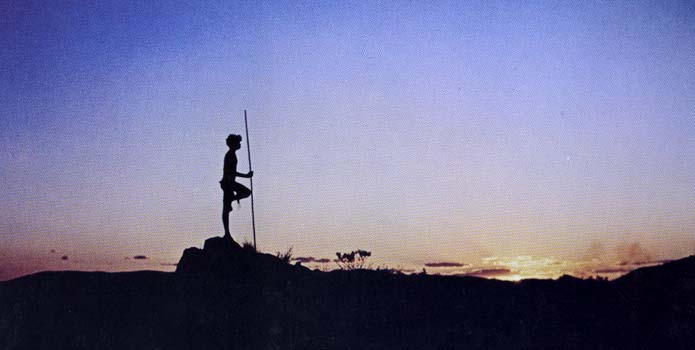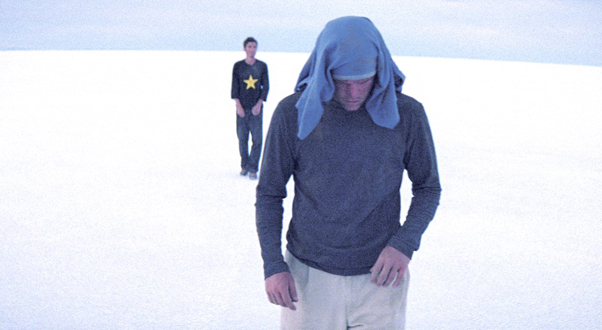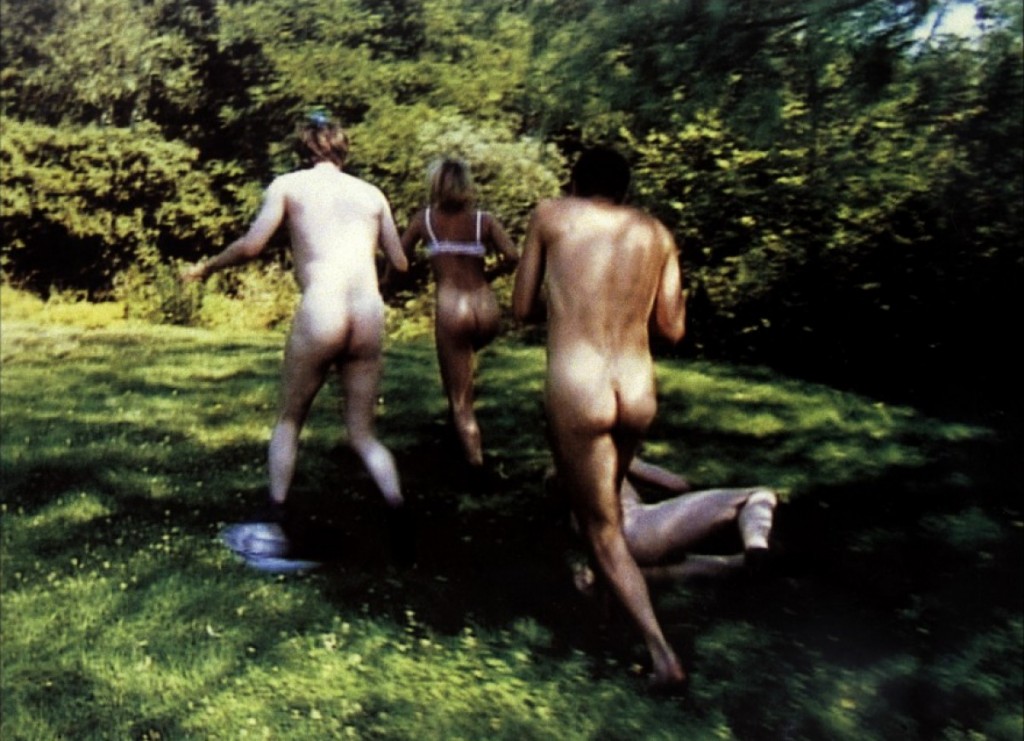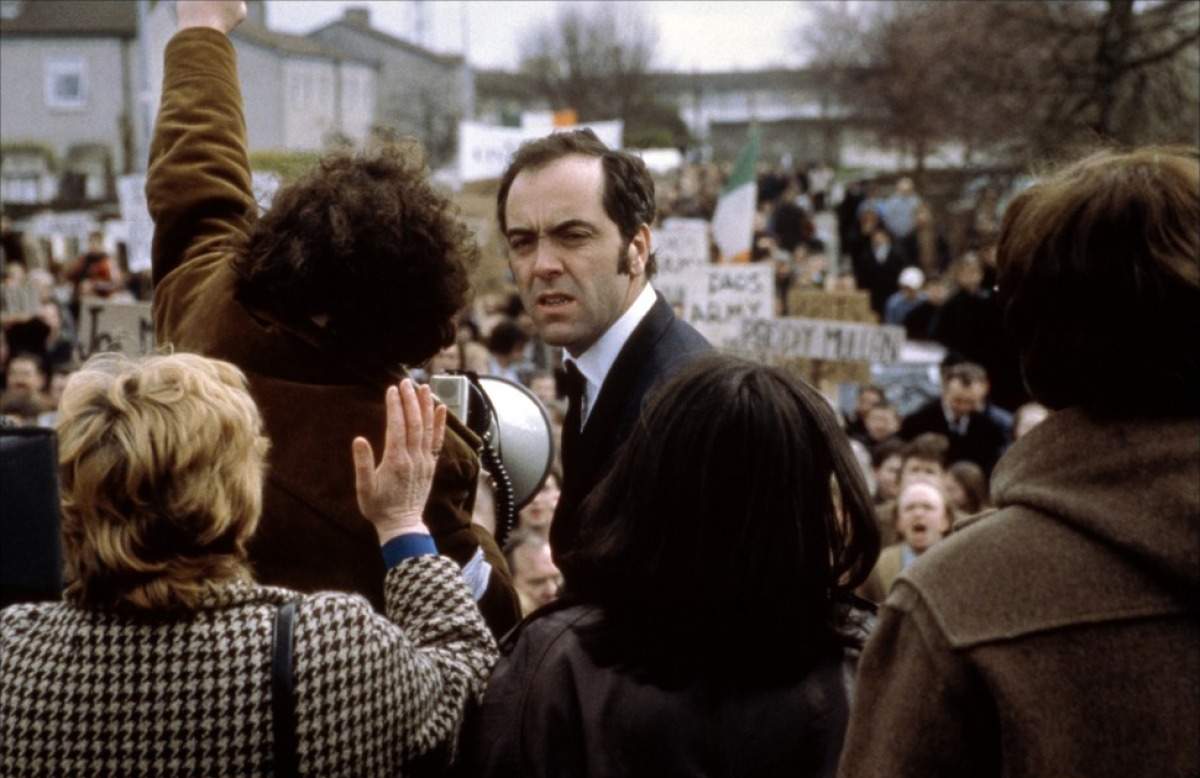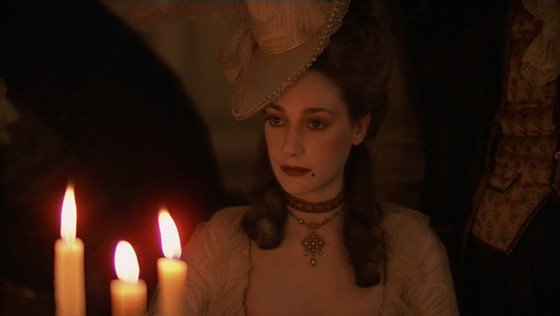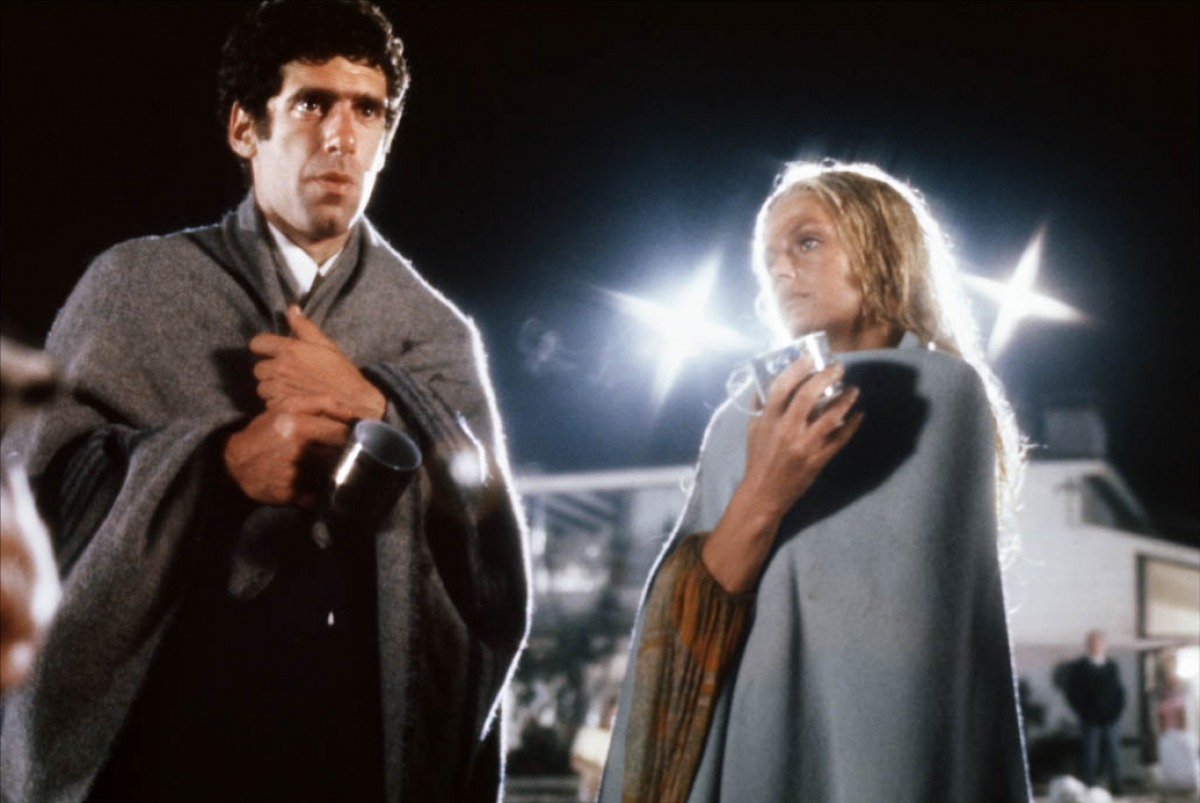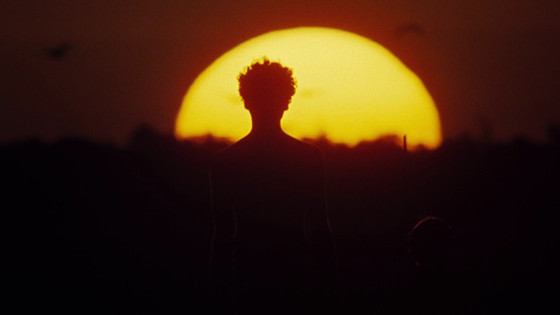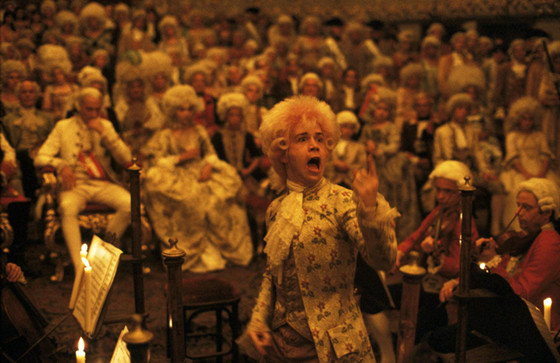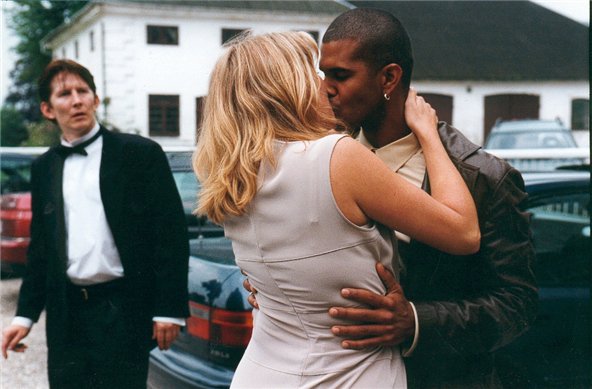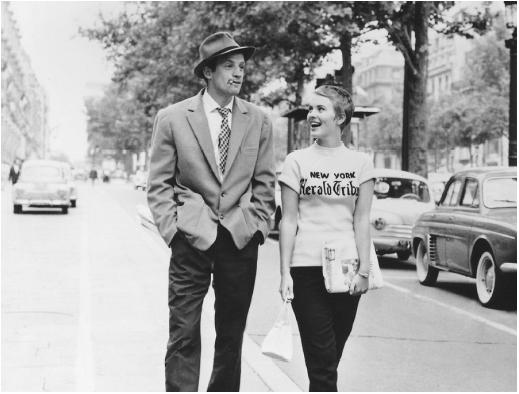There’s a skeptical notion in the world of filmmaking that affiliates the use of available or natural light as being cheap, the filmmakers lazy, or that the project was rushed – because the filmmakers were being cheap… and lazy. And there is, alas… some merit for those reservations.
Because the more equipment a filmmaker carries the longer it takes to get to locations, and once a light’s in place it still requires an assemble of extras to function – from c-stands to gels, diffusion, extension cables, shot bags, gaffer tape, pegs and often power from a generator. They’re heavy, their bulbs explode and there’s always downtime waiting for them to cool before they can be packed away. So if the filmmakers use available or natural lighting on their productions, there is considerable time and money to be saved.
Additionally, as newer DSLR’s can shoot at over 40,000 ISO with others 4k ready out of the box – why even light a scene at all? Why spend thousands of dollars on Arri Fresnels, Blondies, Redheads, Dedos or Kino Flos if you can get away with a primitive LED tacked on top of a DSLR with its ISO heavily cranked? Aside from the obvious problems with that train of thought, low and no-budget filmmakers do have a tendency of thinking this way.
Often independent productions will opt for natural lighting because they’ll only have a small window of time that they’re able to shoot on location – or lack the paperwork to film there in the first place.
In the past, European art cinema movements such as Italian neorealism and the French New Wave were reflectively characterized by their own country’s social and economic difficulties, filmed quickly and often on location. Disenchanted by their ever-dominant American counterparts, the directors of these genres produced films that purposefully went against the grain of the studio-centric Hollywood system during the 1950s and 60s.
When a low budget, independent film succeeds on an international scale, it can propel unprecedented wealth unto its creators. “The Blair Witch Project” (dir. Eduardo Sánchez & Daniel Myrick, 1999) reportedly cost only $25,000 after principal photography, and went on to generate almost $250 million worldwide, enjoying the largest cost-to-profit ratio since “Mad Max” (dir. George Miller, 1979).
Since then, the celebrated accolade has been passed to “Super-Size Me” (dir. Morgan Spurlock, 2002) and “Paranormal Activity” (dir. Oren Peli, 2007). A quality that all these films share is their use of utilising only available and natural lighting and being shot entirely on location.
With so much money to inflate and anti-Hollywood notions to stir, it’s easy to overlook that some filmmakers may simply enjoy the aesthetic and challenge of shooting only with available and natural light. Some of the most accomplished films on this list had sizable budgets, but the filmmakers decided against using electric lighting in order to enhance the atmosphere of their pieces.
This top ten list encompasses works where the filmmaker’s best utilized lighting from all these challenges; either from budgetary restraints, contempt for Hollywood, skillful laziness and of course, to compliment the film’s overall aesthetic.
Gerry (2002) – Gus Van Sant
Inspired by real-life events of two friends lost in a desert, “Gerry” is the first picture of Gus Van Sant’s “Death Trilogy”. With cinematography by the late Harris Savides, a majority of the film was shot outside during daylight conditions at desert locations in California and Utah after a failed attempt of shooting the picture in Argentina.
During a 2002 interview, Van Sant recalled how no production designers or a lighting department were hired because they hadn’t planned on needing them. He went on to say: “We just had a selection of locations, and we chose at that moment, or maybe the day before, where to shoot.”
Savides utilised sunrises and sunsets, shooting large portions of the film during “magic-hour”, a term coined by cinematographers for the hours of the day that the sun gently defuses itself on the horizon, resulting in softer light and redder tones.
While a single light and generator were brought along for the campfire scenes, after the first take the generator broke down. The filmmakers, with little choice, completed filming the scene using only the available campfire light. For the second campfire scene, Savides bounced additional light from smaller fires with plywood.
While the mesmerising cinematography in “Gerry” was revered, the film was met with mixed critical reception, with the general consensus being that the film’s minimalist plot left the audience feeling disengaged.
Idioterne (1998) – Lars von Trier
In 1995, Danish filmmakers Lars von Trier and Thomas Vinterberg penned the “Dogme 95 Manifesto” – an avant-garde movement established to empower filmmakers by re-enforcing the strength of story, performance and theme in their productions. The manifesto shunned the aid of any music added in post-production, lighting, tripods, superficial action and special effects, amongst other elaborate conditions. “Idioterne” (English title, “The Idiots”) was von Trier’s first feature to implement the rules of the new manifesto.
Believing society has taught them to suppress themselves, “Idioterne” depicts a group of drifters on a quest to rejuvenate their “inner-idiot”. A raw and challenging watch, the group pretend to be disabled, manipulate society, ruin their actual lives on purpose, and then have an orgy. Shot on glorious MiniDV tape on cameras that offered essentially no control to the operator, the film looks like a home movie shot in the 1990s.
An emotional rollercoaster of questionable ethics and morale, “Idioterne” proves that filmmaking can be extremely watchable without studio extravagances. However it does also raise question as to what engages and entertains the modern viewer – are we really so numb that we require to be entertained by shocking, provocative and politically incorrect content? The film’s success certainly hints that we probably do.
Bloody Sunday (2002) – Paul Greengrass
Using only available and natural lighting, high-ISO film stock and handheld camera movement, “Bloody Sunday” feels like a cameraman is actually filming amongst the chaos of the Northern Ireland shootings as they unfolded in 1972.
The eavesdropping, cinema vérité camerawork often results in unflattering angles and backlit lighting, creating a realistic and highly intimate field-reporting aesthetic. Along with gritty locations and period costumes, “Bloody Sunday” presents itself as archived newsreel footage from both sides of the event played in chronological order.
Into his third decade of filmmaking, the captivating political drama “Bloody Sunday” brought director Paul Greengrass to the attention of producer Patrick Crowley, who then selected him to direct “The Bourne Supremacy” in 2004.
Since the success of that film, Greengrass has received a fair haul of criticism for the excessive use of shaky cam in his films, however the field-reporting aesthetic of “Bloody Sunday” has translated well into later docudramas such as “Frost/Nixon” (dir. Ron Howard, 2008) and “The Hurt Locker” (dir. Kathryn Bigelow, 2011).
Barry Lyndon (1975) – Stanley Kubrick
In an interview about “Barry Lyndon”, Kubrick was asked why he preferred the use of natural lighting in his films, to which he audaciously replied, “Because it’s the way we see things”.
Shooting for “Barry Lyndon” took place in several old English, Irish and German castles, and Kubrick wanted to authentically preserve their palatial ambience by shooting only with the aid of candlelight, just as the people in the 1700’s would have experienced the locations.
Armed with a specially altered Mitchell BNC camera and two extremely fast Zeiss lenses designed for NASA satellite photography, cinematographer John Alcott was able to photograph “Barry Lyndon” at apertures previously unseen in film. Shot completely open at f0.7, the lenses gave the candlelight scenes a rare aesthetic. The dancing candlelight flickers about the spaces from the breath of the actors, and the shallow depth of field draws the viewer closer to the intimacy between the characters.
While completely extravagant, Kubrick was able to translate the atmosphere of the historic locations as they might actually feel during nightfall. Today Kubrick’s Zeiss prime lenses are so revered that the German production house owning them specifically gutted a modern PS-Cam X35 camera to accommodate them. That’s right, Kubrick’s original NASA Zeiss prime lenses are now for hire – but at an inflated price, of course.
The Long Goodbye (1973) – Robert Altman
Vilmos Zsigmond’s cinematography’s recognisable for his use of natural light, Tiffen filters, dulled colour-palates and washed out highlights through the method of ‘flashing’ (sometimes known as ‘pre-fogging’) film before it’s exposed. The cinematographer adopted these heavily stylised techniques as a means of controlling what could be done with a negative in post-production – and therefore minimalizing what the studio could change.
These risky, manipulative tactics almost got him fired by Warner Brothers on “McCabe & Mrs Miller” (dir. Robert Altman, 1971). Recalling the experience in a 2014 interview, Zsigmond explained that Altman covered for him on that occasion and blamed the film’s qualities on a processing error at a lab in Vancouver.
So when Altman and Zsigmond reunited for “The Long Goodbye”, the duo already had some formidable history. Altman instructed Zsigmond to depict Hollywood as a deflated, run-down and retched place – a shadow of its former self, which would be suitable to the film’s drab, neo-noir scenario.
Zsigmond utilised his flashing technique in “The Long Goodbye”, with almost no supporting lighting, regardless of how backlit a scene was. Candidly stalking the characters throughout scenes, the wandering camerawork would’ve made it impossible to appoint any kind of studio-style lighting. The natural lighting, along with the continuous camera movement and desaturated colour palette beautifully set the tone of this 1970’s dystopian thriller.
Walkabout (1971) – Nicolas Roeg
Working as his own cinematographer from a 14-page script, Nicolas Roeg’s acclaimed cult film, “Walkabout” offers some of the most beautiful, intimate and visually contrasting cinematography of the Australian outback ever caught on film.
Following the story of two lost, white siblings in the desert that befriend an indigenous man on his walkabout, the film examines the relationships between the Westerner’s self-governed ideologies and the union of the indigenous man and his surroundings. This is masterfully amalgamated in a shot of the Aboriginal boy (a very young David Gulpilil) walking backlit against a setting sun that elusively depicts the flag of the first Australians.
Through extreme close-ups of plants, rocks and wildlife, Roeg transitions the landscape from day to night, beautiful to hostile. The growing attraction between the aboriginal boy and white girl against the contrasting environment amalgamates once the children arrive on an abandoned farm.
Roeg shot at his own pace with a skeleton crew consisting of a few industry friends and his young family. Because of the loose shooting schedule, Roeg was able to leisurely document indigenous wildlife, breathtaking sunsets and sunrises. When the desert sun reached its highest point of the day and created harsh shadows on the actor’s faces, Roeg would place reflectors on the ground to balance them.
Like many films predating the Australian Film Revival, including “Wake In Fright” (dir. Ted Kotcheff, 1971), the film’s confronting undertones led to it being largely ignored for many decades. Today however, the film is considered an Australian classic that set the benchmark in quality for the following resurgence.
Amadeus (1984) – Milos Forman
Based on Peter Shaffer’s play, Miloš Forman’s film adaptation of “Amadeus” is probably the sore-thumb entrant of this list. The film picked up eight Academy Awards in 1985, including best picture and was by and large absolutely shot with very expensive lights. However, there is one scene that was shot using available light out of necessity – and the filmmakers’ approach is one of the most extravagant examples of natural lighting in cinema.
Principal photography took place in Prague, chosen for its stunning and near-pristine 1800’s architecture. After months of negotiations with the Czech Ministry of Culture, Forman was permitted to film inside the historic Stavovské divadlo provided they did not alter the building in any way – which proved difficult as the theatre was still lit by limelight.
Due mostly to neglect from the communist era, the Stavovské divadlo was literally a fully functioning 18th century theatre in 1983. A combination of legal necessity and filmic authenticity lead to Forman’s decision in shooting the theatre scenes solely by candlelight.
The production team built a scaffolding structure inside the auditorium that didn’t come into contact with the theatre’s walls or roof and suspended seven purpose-built chandeliers. In total, the location was fitted with eleven chandeliers, burning somewhere between 120-270 candles each. Varying sources estimate over 5,000 candles were burned over the production of this scene. Due to the alarming amount of lit candles in the historic building, firemen were nestled at intervals throughout the auditorium amongst a crowd of some 500 extras, all in costume.
The end performance of Mozart (Tom Hulce) in the theatre offers further intrigue being the actual theatre where the real Amadeus Mozart had premiered his opera “Don Giovanni” almost 200 years earlier.
“Children of Men” (2006) – Alfonso Cuarón
The Oscar-nominated director of photography Emmanuel Lubezki adopted a cinema vérité aesthetic for the dystopian setting in “Children of Men”. With considerable portions of the film shot by a single hand-held camera, the desaturated tones, ominous characters, mise en scène and use of natural light construct an increasingly paranoid and fragile sense of the first world on the verge of collapse.
Director Alfonso Cuaron explained that Lubezki “didn’t use any electric lights. Like, you see all these exteriors – there’s no light… even at night there are no electric lights. Everything in the refugee camp is lit by fires”. Lubezki wanted the film to look “as realistic and naturalistic as possible”, even instructing the art department not to design visionary props in spite its 2027 time setting.
The long, handheld takes in “Children of Men” proved to be nightmarish for the studio during production. One of the final shots of the film goes for over nine minutes, took four days to prepare and was shot three times, worrying the studio that Cuaron was “playing film-school games with its millions”.
With a reported budget of US $75 million, the production could’ve easily used electric lighting if they’d really wanted to. But what makes “Children of Men” that much more impressive, is that even with a considerable amount of CGI at play, the filmmakers were able to restrain themselves from doing so.
Festen (1998) – Thomas Vinterberg
Shot entirely on a consumer camcorder, Director Thomas Vinterberg released the first Dogme 95 film in 1998, “Festen” (English title, “The Celebration”) to much critical acclaim, including winning the Jury Prize at the 1998 Cannes Film Festival.
What makes “Festen” so engaging is how it draws out the drama and politics of the highly dysfunctional, albeit wealthy, Danish family. As Helge’s 60th birthday party disintegrates into shambles, the viewer’s sympathy seamlessly shifts from character to character as further revelations are realised.
The clever use of the visually unimpressive Sony DCR-PC3 camera gives the film an eerie, intimate home-movie aesthetic. Following the rules of the Dogme 95 Manifesto, cinematographer Anthony Dod Mantle didn’t use a tripod and utilised only available and natural lighting throughout the feature. Although the camcorder offered him very little operator control, Mantle’s thoughtfully constructed movement ensured there’s never a breach in consistency, even during some of the most visually unflattering moments.
Penned three years beforehand by Vinterberg and fellow Danish director Lars Von Trier, the Dogme 95 Manifesto was lauded by the success of “Festen”. Armed with a fantastic script, crew and cast, “Festen” truly is a “celebration” of what can be achieved against the restraints of Hollywood conventions. Although momentum has slowed for the movement, amateur, student and professional filmmakers worldwide all enjoy the challenge of creating new content abiding to the movement’s rules.
À bout de souffle AKA: Breathless (1960) – Jean-Luc Godard
So influential was Godard’s first feature “À Bout de Soufflé”, that it was hailed as the Manifesto of the French New Wave by critics before it’d even seen a general release in France. The film has been dissected, analysed and examined by students, critics and filmmakers alike for decades, because Godard’s approach to filmmaking was so perpetually different to his Hollywood counterparts.
Like many other entrants on this list, “À Bout de Soufflé” is characterised by its candid, documentary style camerawork, the casting of the gorgeous Jean Seberg, the careful placing of mise en scène and natural lighting. Although it differs to other observational films in that it’s extremely stylized and self-aware. The film depicts Paris, its people and lifestyles with admiration in spite the country’s current social problems.
Godard’s own problems while shooting were purely financial, troubles he overcame by developing innovative alterations to the characteristics of narrative filmmaking, such as jump-cutting mid-edit around an actor’s performances, or to mask any variations in lighting.
Possibly more extreme, Godard instructed cinematographer Raoul Coutard to shoot with ultra-sensitive Ilford film stock designed for photographers so that they could shoot on location and be less dependent on electric lighting.
In spite Ilford film’s perforations not aligning well inside cinema camera magazines, Godard found the Éclair Cameflex CM3 had sprocket holes that corresponded well with the 17.5 metre reels of Ilford film he’d stitched together. “The professionals were horrified”, recalled Coutard of the experience. The Cameflex was so loud during filming that much of “À Bout de Soufflé” was dubbed in post-production.
Godard once abridged a quote by D. W. Griffith saying “All you need to make a movie is a girl and a gun”. Judging by the magnitude of success of “À Bout de Soufflé” has received in academic study, popular culture and the reconfiguration of the filmmaking form itself; it doesn’t look as though he’s about to be proven wrong.
Honourable mentions:
Deliverance (dir. John Boorman, 1972)
Days of Heaven (dir. Terrence Malick,1978)
[REC] (dir. Jaume Balagueró & Paco Plaza, 2007)
The Crossing Guard (dir. Sean Penn, 1995)
Ten (dir. Abbas Kiarostami, 2002)
& the other Dogme 95 films
Author Bio: Jake Houston Harris is an Australian/American filmmaker based in Melbourne, Australia. A filmmaking all-rounder, Jake enjoys writing, directing, and shooting his own projects, including music videos and short films exploring the themes of life, death and social incarnation.
Source : JAKE HOUSTON HARRIS in http://www.tasteofcinema.com/2015/10-great-movies-that-best-utilize-available-natural-lighting/

